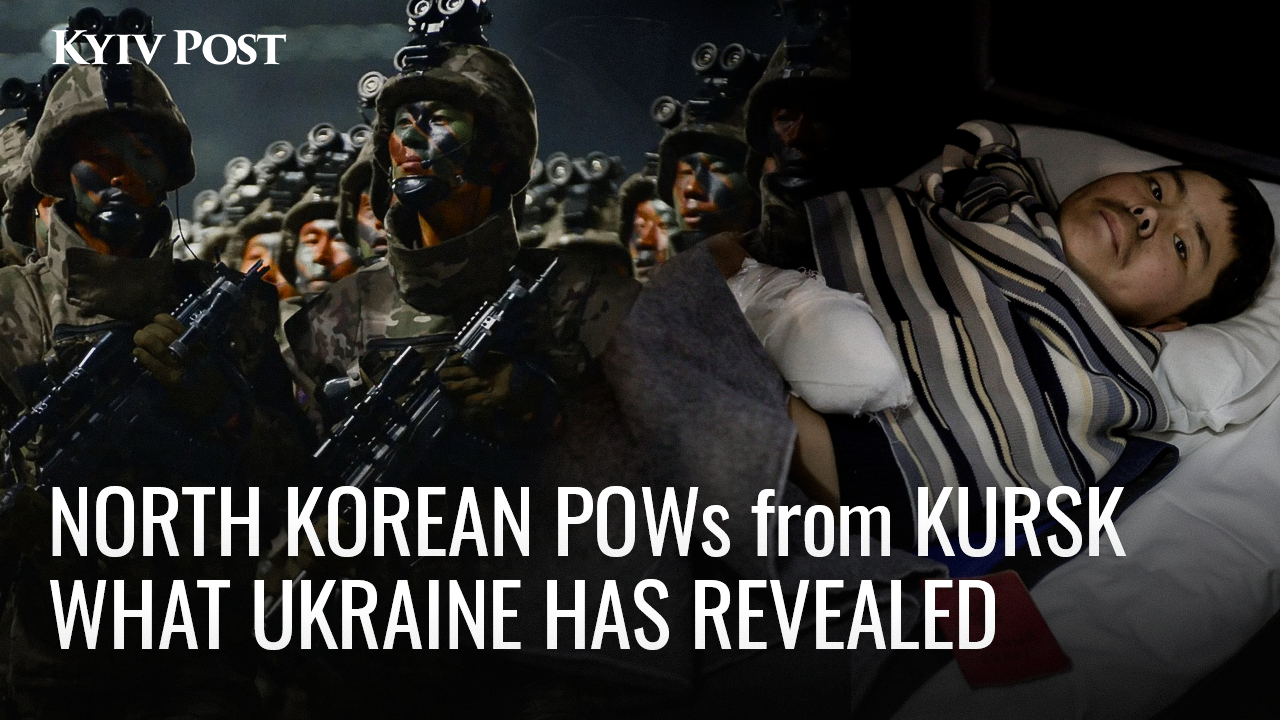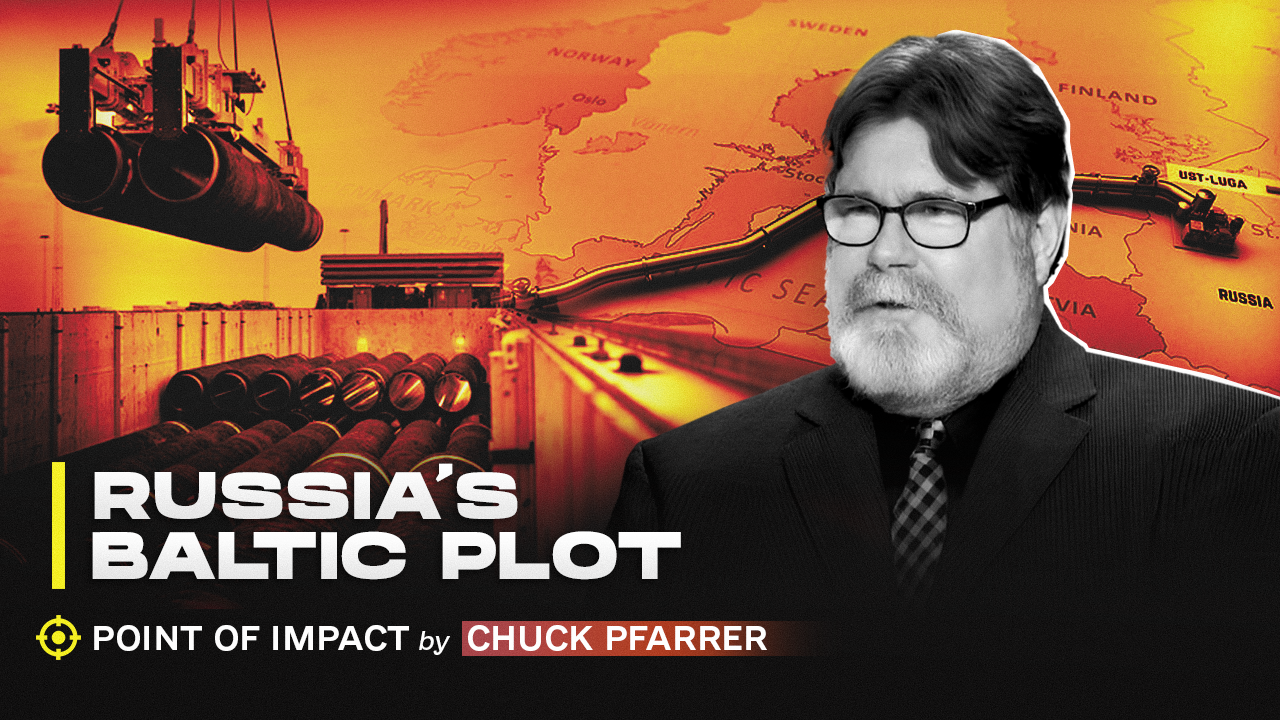Part One of the Kyiv Post interview with the Deputy Minister of Defense of Ukraine for Institutional Development
In this two-part interview, Deputy Defense Minister Haider talked with Kyiv Post about tackling a top to bottom revamp of the institutions of Ukraine’s Ministry of Defense, with changes involving extensive modernization, reciprocal collaboration with partner nations in NATO, and de-bureaucratizing the military servicemember obligations.
JOIN US ON TELEGRAM
Follow our coverage of the war on the @Kyivpost_official.
Last year, starting in October, the Cabinet of Ministers appointed Stanislav Haider as the Deputy Minister of Defense of Ukraine for Institutional Development. Haider is known for leading the digital transformation of the National Agency for the Prevention of Corruption (NAZK), under which the Anti-Corruption Portal, the Register of Corruptors, and the Unified Portal for Notifications of Corruption Whistleblowers were launched.
Previously, he managed the digital transformation of Drogobytsch City Council and contributed to the city’s strategic development.
His primary focus as Deputy Minister is on developing a cohesive institution within the Defense Ministry. This institutional development requires data-driven decision-making analysis, systems integration expertise, knowledge of leadership and management theory and the application of ethics in civilian and military government organizations.
You’ve stated that creating an atmosphere of integrity and transparency in the Ministry of Defense is your goal. Has this been achieved?

Kyiv Charges Generals for Failure to Defend Kharkiv Region During Russia’s 2024 Offensive
It’s a “multidimensional” question that’s challenging to answer definitively. For me and my team, the primary “clients” are servicemembers and their families. Responsible treatment of these people and their trust is our top priority. Therefore, at the beginning of the year, we launched an updated Hotline for the Ministry of Defense with the short number 1512.
Transparent interaction, round-the-clock consultations, and monitoring service quality while addressing the complex and sensitive issues of military personnel are the outcomes of this change. Has this increased transparency in the ministry’s relations with citizens? Certainly, but I understand that there’s still much to do to enhance the effectiveness of this interaction.
Within the Ministry of Defense, I associate integrity and transparency development with delineating processes, where everyone’s responsibilities are clearly defined, and decision-making stages are clear and predictable in a positive manner. To achieve this, we’ve developed a catalog of key processes owned by the Ministry of Defense—a foundation for establishing a decision-making system based on transparency and accountability. It’s a complex endeavor involving numerous stakeholders, and its effects may not be immediate, but without it, our efforts will remain attempts to solve the problems of “yesterday.”
“We are shaping changes to planning, organization, support, leadership, and control in the Defense Forces based on NATO standards and approaches, as well as our own experience from the Russian-Ukrainian war.”
To foster transparency in our partnerships, we’ve established the Council of Institutional Reforms—a platform for our ministry to interact with defense departments of key partner states. Any initiative or project requiring a partner country’s involvement must undergo discussion, and its implementation results must undergo transparent assessment with foreign involvement. Additionally, we’ve implemented a process for quarterly updates to partners on key aspects of defense department transformation. These steps undoubtedly contribute to transparency in relations and facilitate communication “in one language” with our partners.
At the end of 2023, you mentioned that many units of the ministry lack coordination and mutual integration. How do you address this issue?
In September of last year, the Minister of Defense, while presenting the plan for changes in the ministry, emphasized that the development of the defense department would be based on integration. Integration involves combining the efforts of various entities.
To strengthen mutual integration, an audit of the functions of the units of the Ministry of Defense and the General Staff of the Armed Forces (AFU) was conducted. Its result is a catalog of the processes of the Ministry of Defense, as mentioned earlier, as well as a target model of the organizational structure of the Ministry of Defense.
Currently, the transition to a targeted model is underway, where our areas of activity will correspond to the key policies and tasks of the Ministry of Defense, leading to a decrease in the number of deputy ministers, structural divisions, managers, and personnel. Reducing the number of divisions does not imply a formal reduction, but rather the grouping and optimization of non-specific functions.
We are also addressing the issue of integration of the decision-making system in the Ministry of Defense and the AFU through the model of joint governance committees, which aligns with NATO approaches. The role of joint governance committees as the main tool for forming policies in the field of defense and making mutually agreed decisions has significantly increased. Simultaneously, it has allowed us to streamline numerous other working groups and councils that previously existed only on paper and did not yield effective results.
“We’re not afraid to make personnel decisions. Hundreds of people have been released in the past six months. I can’t provide the exact number, but it’s in the hundreds.”
I cannot envision coordinated actions within the Ministry without the planning system, which I prioritized immediately upon taking office. The complex process of aligning goals and key results, focusing on substance rather than just flashy projects, is what has made the current plan of the Ministry of Defense “alive” and innovative.
In addition, during the winter, we initiated a project to enhance the defense management system (Planning, Programming, Budgeting & Execution). In this project, we are shaping changes to planning, organization, support, leadership, and control in the Defense Forces based on NATO standards and approaches, as well as our own experience from the Russian-Ukrainian war.
However, all these steps are more related to the tools of the Ministry of Defense to strengthen integration. We achieve meaningful integration within the framework of developing a new model of the integrated defense system. The positions of dozens of state bodies and non-governmental organizations, opinions of expert communities, and input from colleagues from partner countries have formed the basis of our work, which will help change the strategic perspective of planning.
Does the new model of the Ministry of Defense involve active personnel changes?
The model applies to all areas of the ministry’s activities: military policy, human capital, weapons, and resources. Specialists are already working in these areas today, shaping the vision for future development. It all depends on the people. It is often rightly noted that with a full-scale invasion, hundreds of thousands of professionals from various civilian fields joined the defense system.
At the same time, a large number of personnel and regulated procedures complicate decision-making algorithms and slow down personnel changes. However, we are not afraid to make personnel decisions. Hundreds of people have been released in the past six months. I can’t provide the exact number, but it’s in the hundreds.
The key, however, is not in large numbers but in a qualitative renewal of the personnel potential. I recall that during my work at NAZK, we introduced the practice of the assessment center (a method of assessing staff competencies by observing their real behavior in business games). Now we have a well-developed algorithm for personnel renewal in the ministry, both civilian and military.
Individuals working in the defense department will be able to participate in an equivalent of such an assessment center in the Ministry of Defense, where it will be determined which position each person can apply for career growth or horizontal transfer. This, by the way, will also contribute to the mutual integration of units.
“Our contribution to the center’s activities is primarily related to the ten-year experience of the Russian-Ukrainian war, innovations and practices that we formed during the full-scale invasion by Russia. This experience is already changing NATO standards.”
You are working not only on the mutual integration of the ministry’s units but also on interoperability with NATO. How is the implementation of alliance standards progressing?
This is a very broad question because my department is working on the concept of the Roadmap for interoperability with NATO, the measures of the adapted Ukraine-NATO Annual National Program, and implementing joint medium-term and long-term projects. And all this is about NATO standards.
However, if we talk about specific measurable indicators, then 322 standards have already been implemented, and another 50 standards are in the process of implementation. Quoting the Minister of Defense, I will say that the Armed Forces must meet all the “criteria” of NATO, and for this, it is necessary to change to achieve interoperability.
Interoperability with NATO is primarily our national interest. Therefore, an important focus of my team’s work for a long time has been the launch of the first joint institution with NATO – the NATO-Ukraine Joint Analysis, Training, and Education Center (JATEC). The center should provide a joint analysis of security challenges and contribute to the improvement of the training and military education system. Ukrainians and colleagues from NATO member countries will work together on the joint development of capabilities within the framework of the center’s activities.
However, we will not be the only beneficiaries of the center’s work. Our contribution to the center’s activities is primarily related to the ten-year experience of the Russian-Ukrainian war, innovations, and practices that we formed during the full-scale invasion by Russia. This experience is already changing NATO standards, forming the ability to respond to challenges and threats in the field of defense.
A few weeks ago, you met with Piers Cazalet, the director of NATO’s Defense and Security Cooperation Directorate. What was the subject of discussion?
Yes, we are in constant contact with colleagues from NATO. Our meetings systematically take place on the platform of the Defense and Security Committee of the Ukraine-NATO Council, and we regularly interact with the office of the Secretary-General of NATO and the NATO Representation in Ukraine.
The meeting with the director of the NATO Defense and Security Cooperation Directorate primarily concerned the implementation of the Comprehensive Assistance Package (NATO CAP) projects. We discussed how we can jointly accelerate the achievement of practical steps in the implementation of these joint projects. We also touched upon the practical steps of launching the aforementioned NATO-Ukraine JATEC.
You can also highlight the text and press Ctrl + Enter













